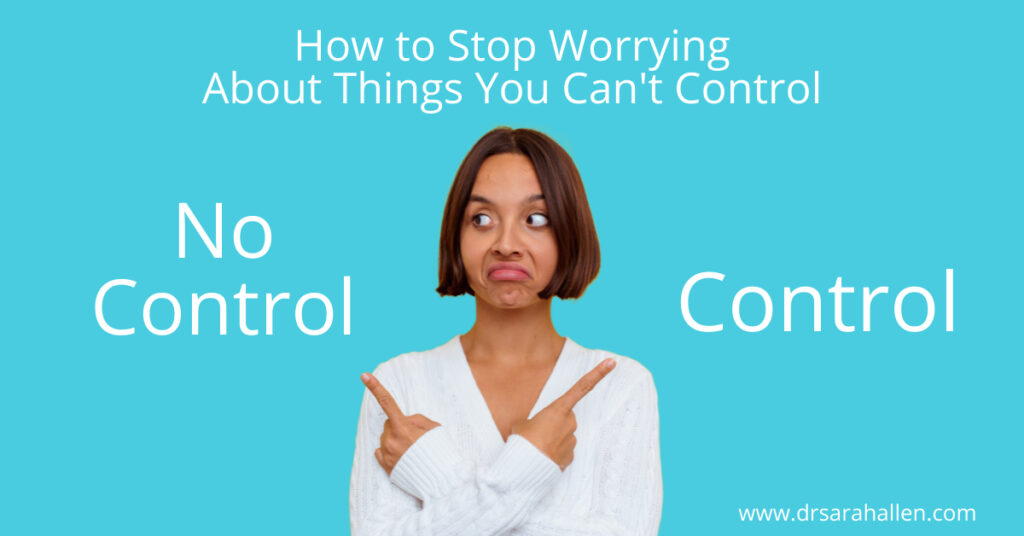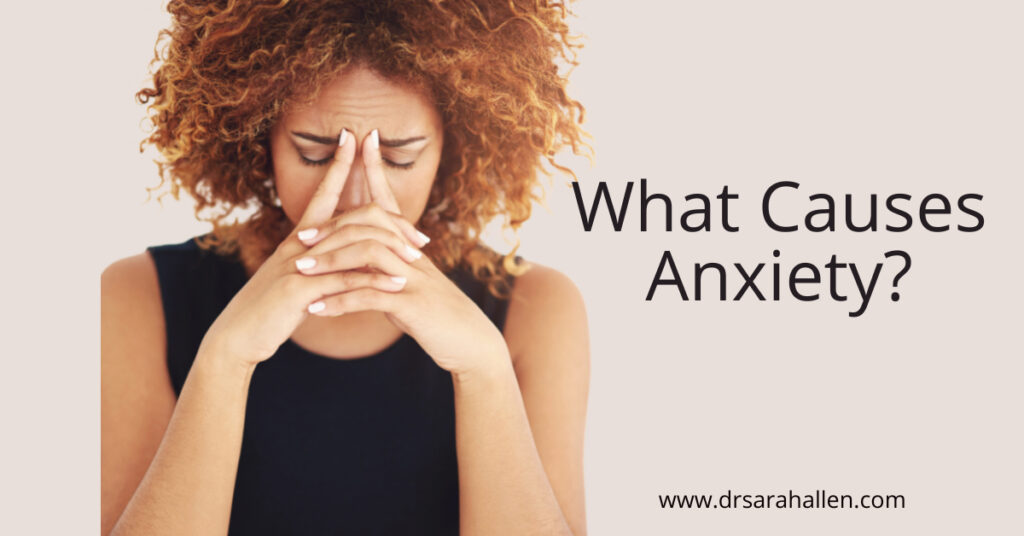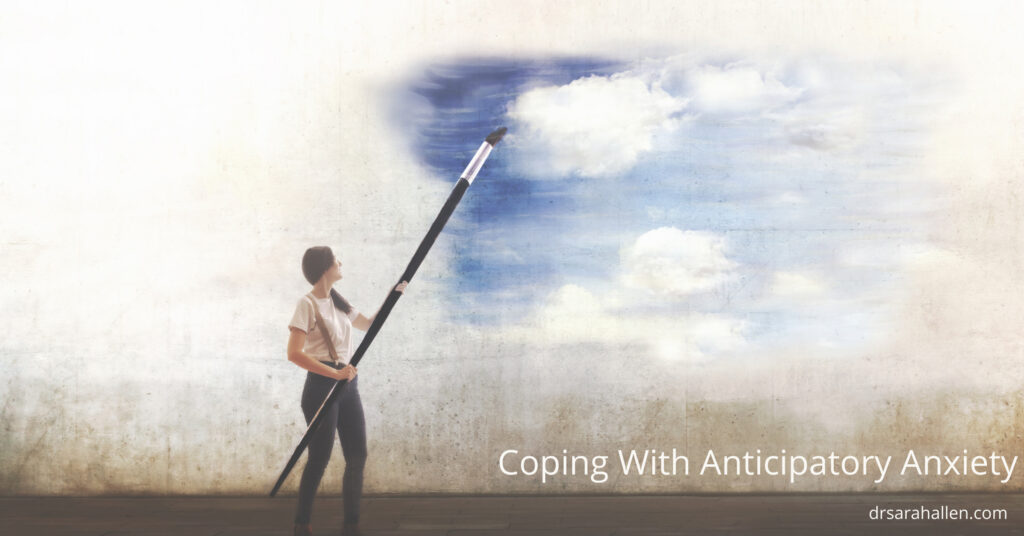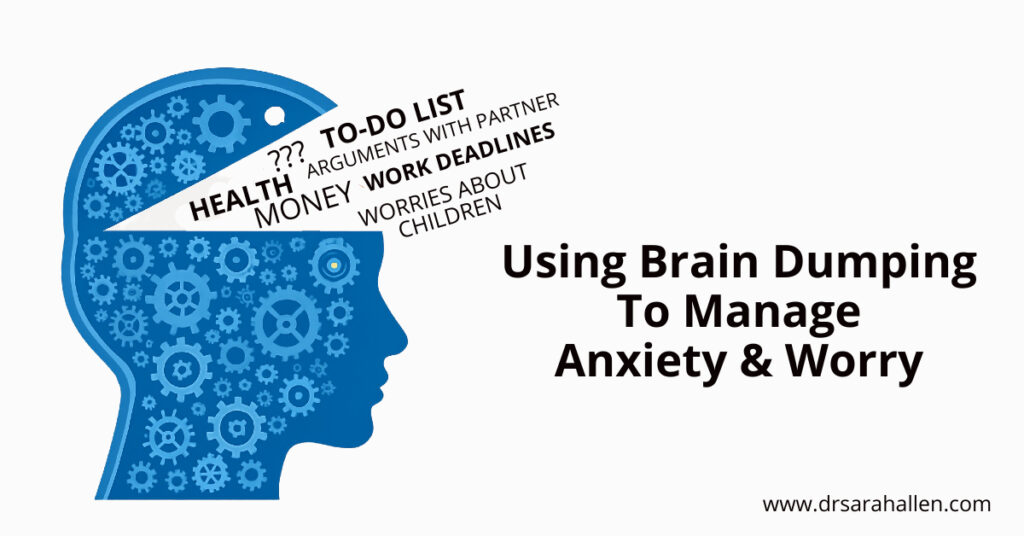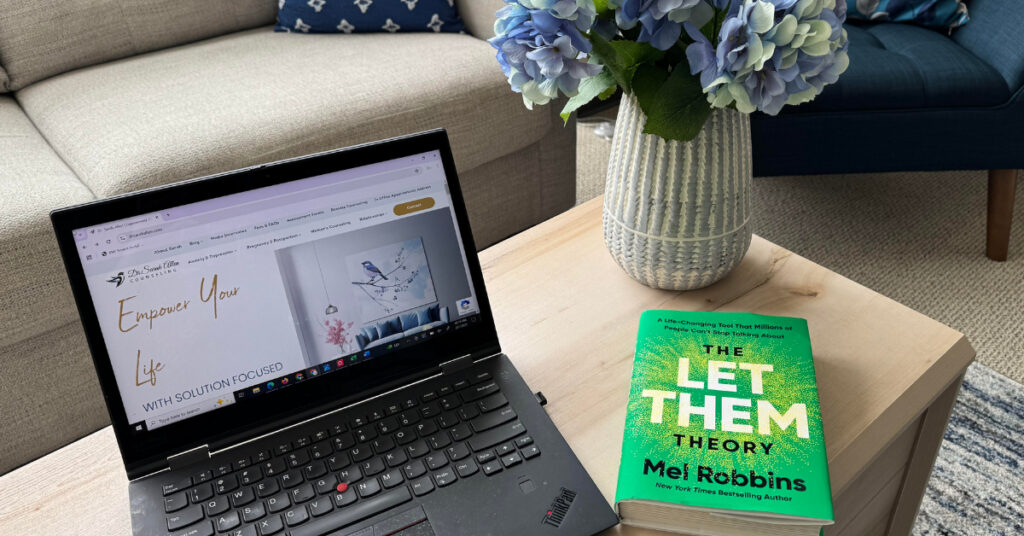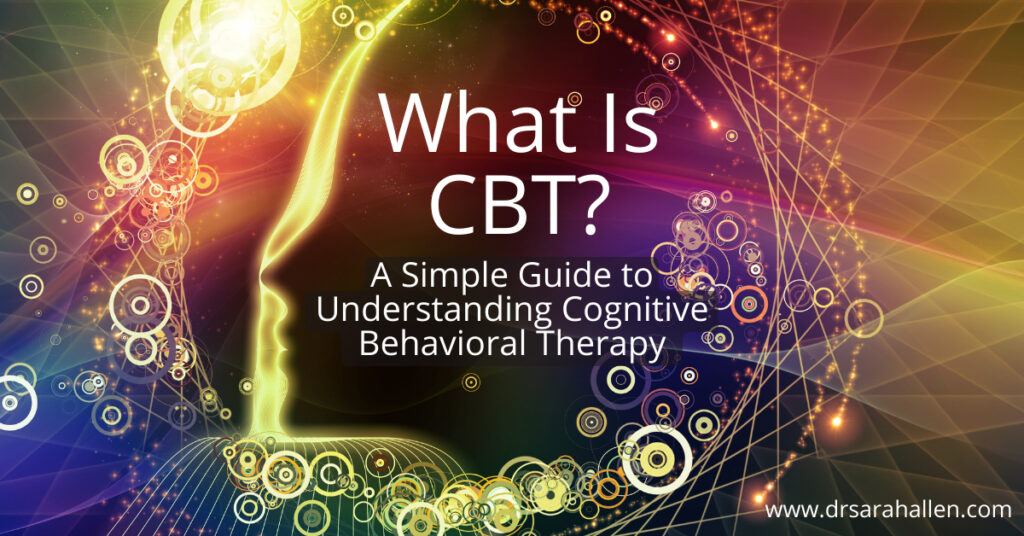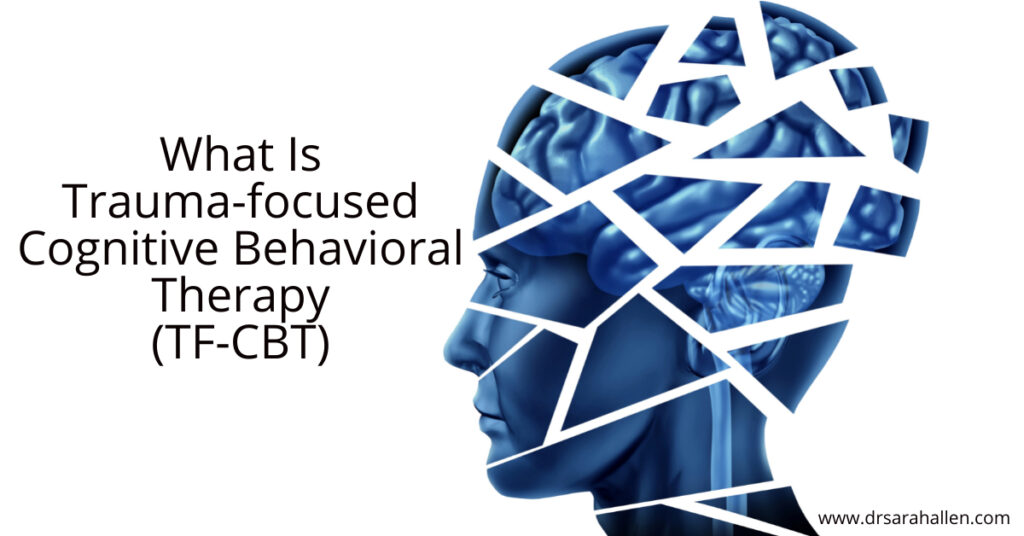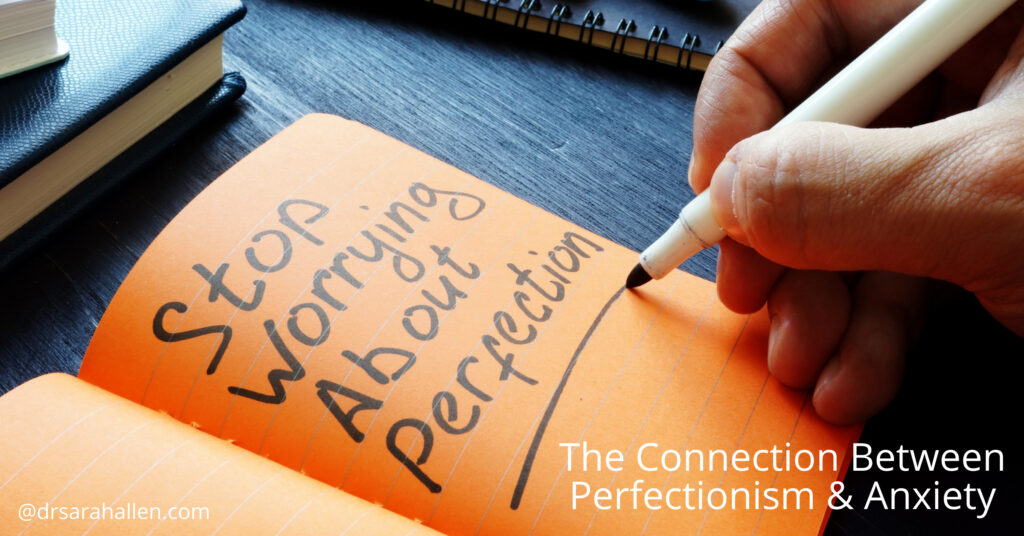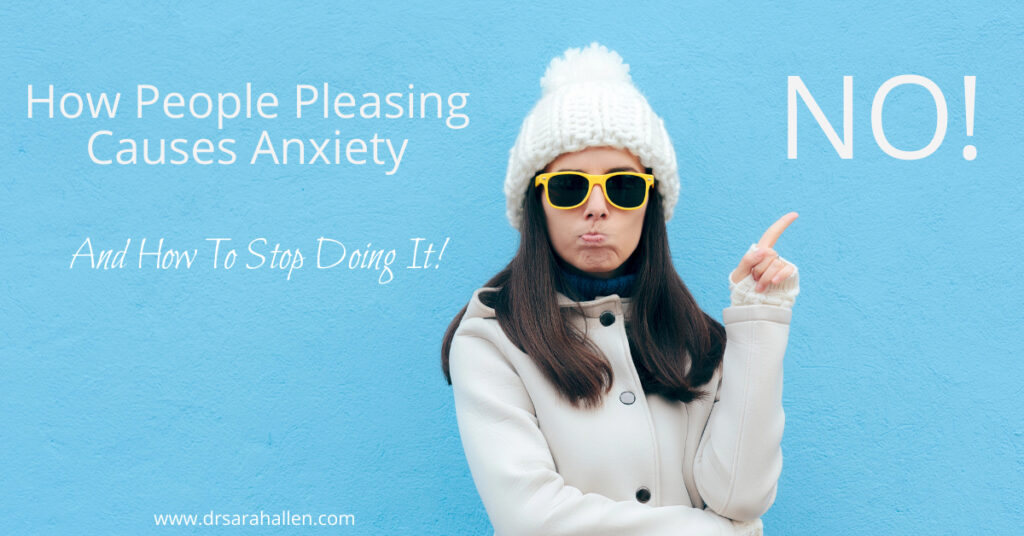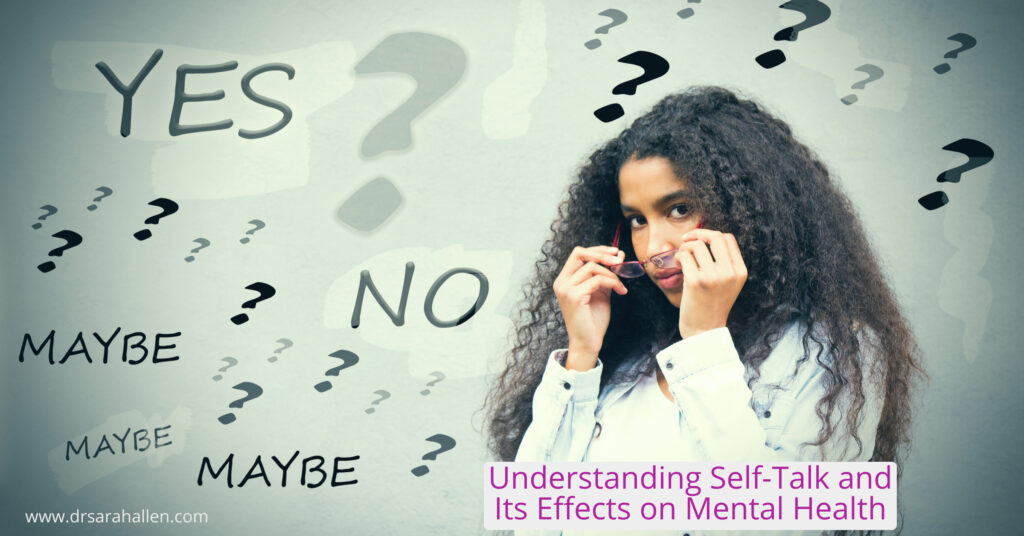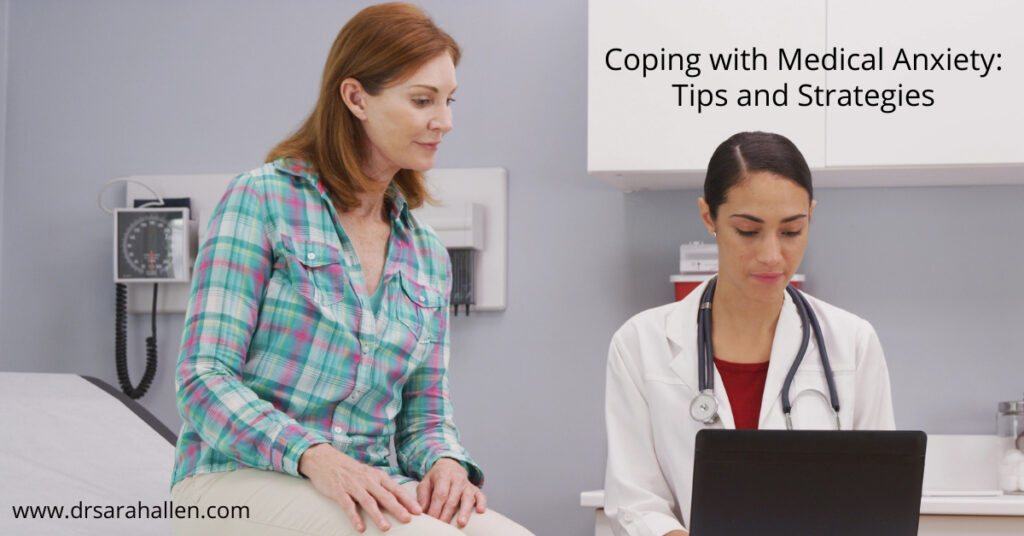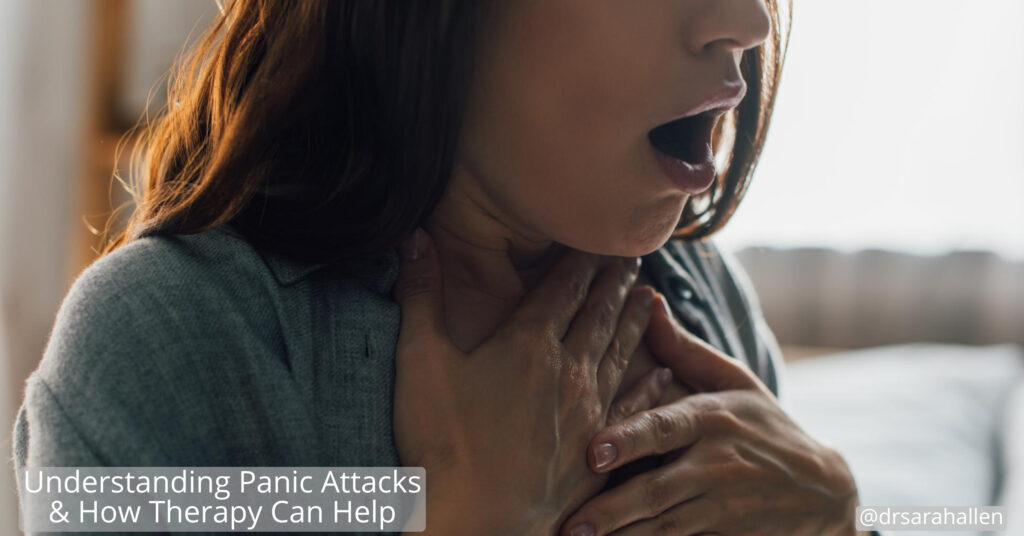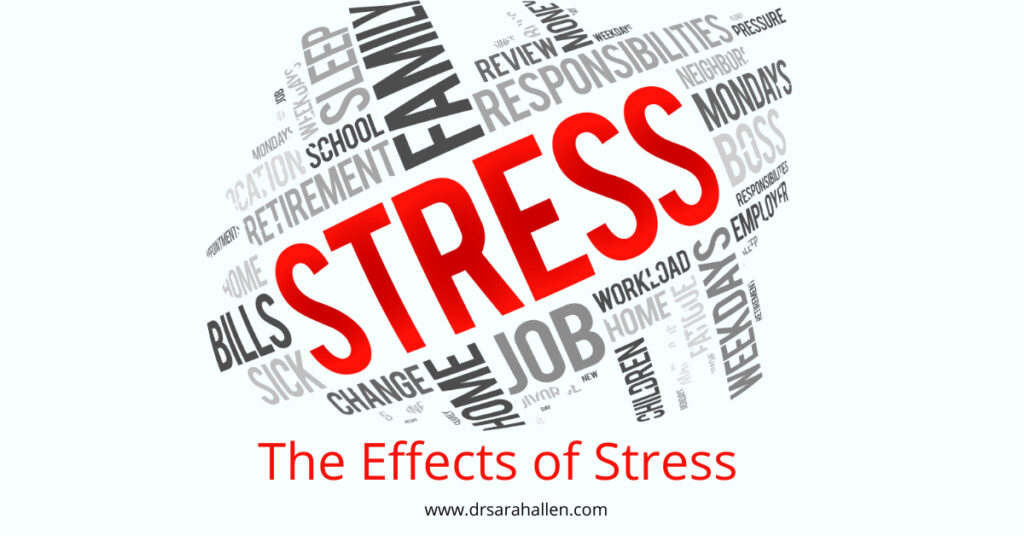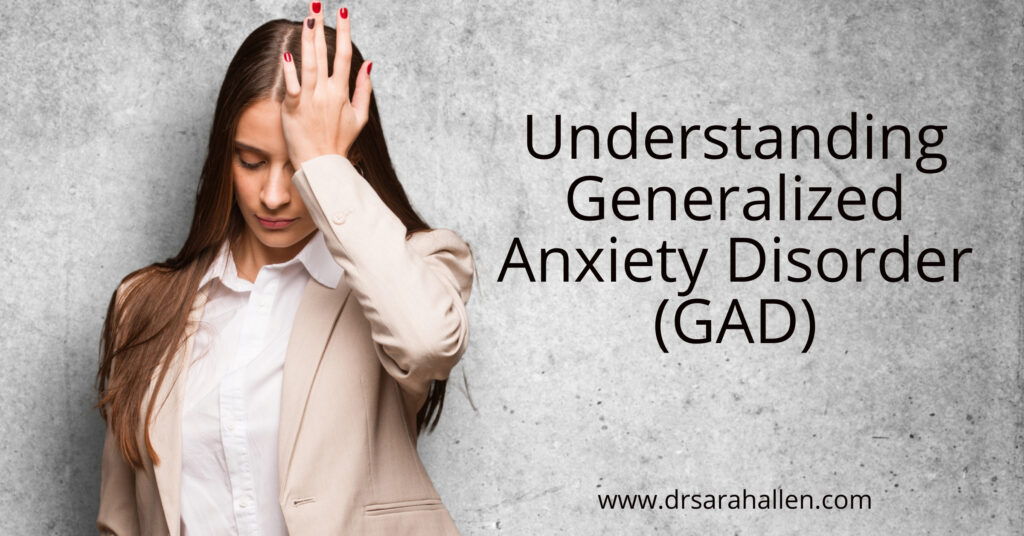
Generalized Anxiety Disorder (GAD) affects many people and can make everyday life challenging. GAD involves persistent and excessive worry about various aspects of life, such as health, work, and social interactions. These worries are often difficult to control and can interfere with daily activities.
Every week I see how GAD can take a toll on a person’s emotional and physical well-being. It is more than just occasional nervousness or stress. People with GAD may find themselves constantly on edge, feeling fatigued, and having trouble concentrating. Understanding what GAD is and recognizing its symptoms is the first step toward managing it effectively.
I will work with you to learn more about GAD, and in particular what exactly is happening for you. Together we can take steps to overcome it as there there are effective ways to manage GAD. I find that Cognitive Behavioral Therapy (CBT) strategies can be particularly helpful so typically I start there so someone has concrete coping strategies to use. We may then dig deeper to look at why GAD is occurring, or worsening, right now in someone’s life.
Understanding Generalized Anxiety Disorder (GAD)
Generalized Anxiety Disorder, or GAD, is characterized by excessive and uncontrollable worry about various life aspects. Unlike the occasional anxiety that everyone experiences, GAD is chronic and more severe. People with GAD often worry about routine life circumstances such as job performance, personal health, or social interactions and it can affect both their daily functioning and their enjoyment of life.
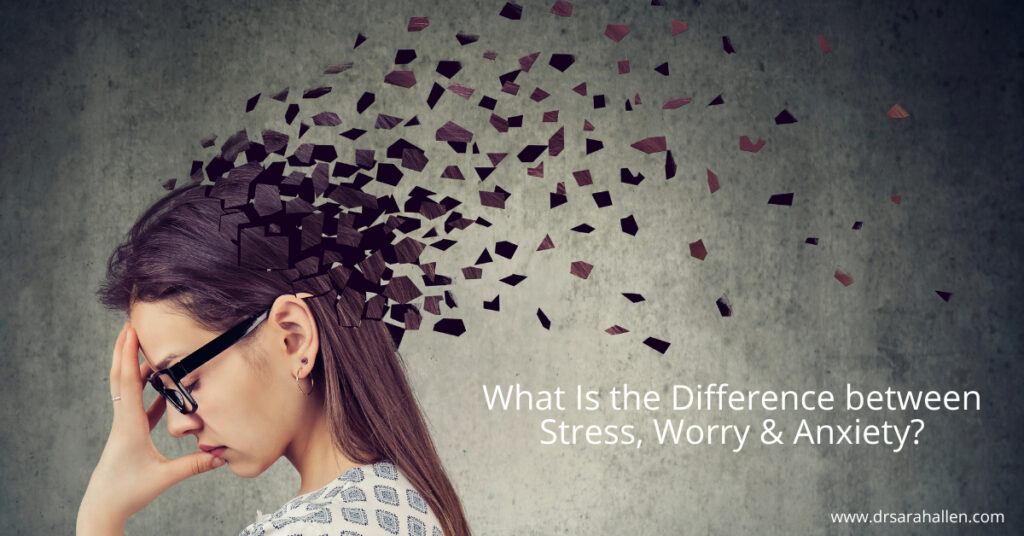
To learn how anxiety differs from stress and worry read What Is The Difference Between Stress, Worry & Anxiety?

To learn more about health anxiety read Effective Ways To Manage Social Anxiety.
Common Symptoms of GAD
Recognizing the symptoms of GAD can help in seeking timely treatment. The signs are not just psychological; they can be physical as well. Here are some common symptoms:
1. Excessive Worrying: Persistent worrying about various aspects of life, often out of proportion to the actual event.
2. Restlessness: Feeling easily agitated or on edge.
3. Fatigue: Chronic tiredness that does not improve with rest.
4. Difficulty Concentrating: Problems focusing on tasks or frequently finding the mind going blank.
5. Irritability: Increased irritability, often without clear reason.
6. Muscle Tension: Frequent tension in muscles, leading to aches and pains.
7. Sleep Issues: Trouble falling asleep, staying asleep, or getting restful sleep.
Many clients report feeling drained by their constant anxiety. They also mention how the physical symptoms sometimes feel like other health issues, making it harder to distinguish GAD from medical conditions. Understanding the full range of symptoms can provide clarity and open the door to effective treatment.

To learn more about health anxiety read Treating Health Anxiety With CBT
GAD Frequency
Generalized Anxiety Disorder is more common than many people think. According to recent data, about 3% of adults in the United States experience GAD each year. This prevalence makes GAD one of the most common anxiety disorders. Additionally, women are twice as likely as men to be diagnosed with GAD.
It’s important to understand that GAD can affect people of all ages. Onset often occurs in adolescence or early adulthood, but it can start at any age. Many clients mention they have always been “worriers,” but the extent of their anxiety became unmanageable over time. This cumulative worry can impact one’s quality of life significantly.
In my practice, I have seen how widespread GAD is across various demographics. Recognizing the high prevalence of GAD helps in normalizing the condition. You are not alone, and seeking help can be a critical step toward feeling better.
Effective Treatments for GAD
Managing GAD effectively often involves a combination of therapies. Cognitive Behavioral Therapy (CBT) is one of the most effective treatments. CBT helps clients understand and change their thought patterns and behaviors associated with anxiety. I find that CBT empowers clients to challenge their anxious thoughts and replace them with more balanced ones. It is not the only psychological framework I utilize; we can also explore how your relationships, work challenges, health conditions and past experiences such as trauma affect you, but utilizing CBT strategies is a great place to start anxiety counseling. It’s not that one technique is better than another; rather, it’s about finding what truly resonates with your needs and circumstances.
List of Effective Treatments:
1. Cognitive Behavioral Therapy (CBT): Helps identify negative thoughts and replace them with positive ones.
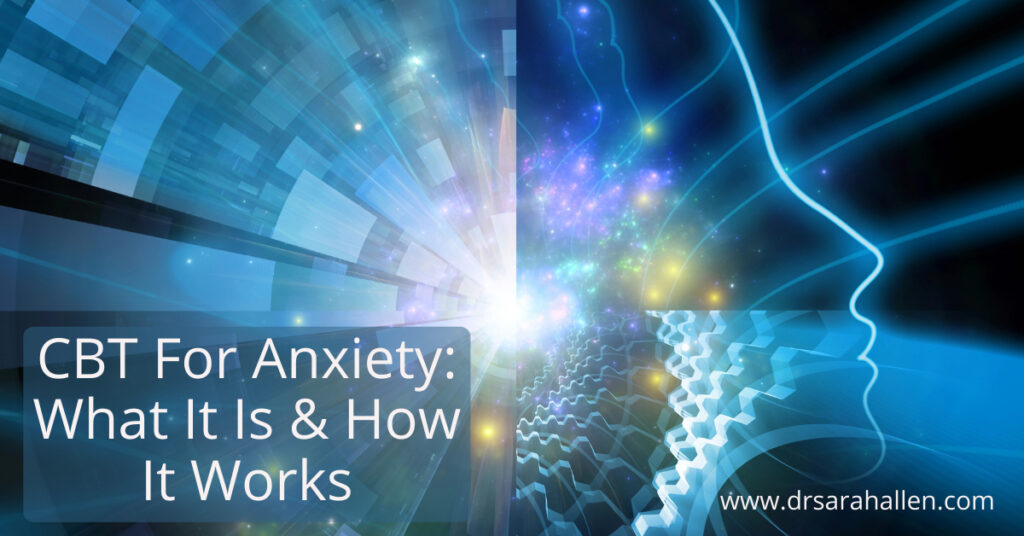
For an in depth look at how CBT treats anxiety read CBT For Anxiety: What It Is & How It Works.
2. Medication: Antidepressants or anti-anxiety medications can help to manage symptoms but for continued relief are best used in conjunction with therapy.
3. Mindfulness Techniques: Practices like meditation and deep breathing can help reduce stress.
4. Lifestyle Changes: Regular exercise, a healthy diet, and good sleep hygiene contribute to overall well-being.
When I work with clients who are experiencing anxiety I used a personalized approach. Combining these treatments allows for a more comprehensive plan. Each person’s journey with GAD is unique, and treatments can be tailored to fit individual needs.
It is not the only psychological framework I utilize; we can also explore how your relationships, work challenges, health conditions, and past experiences such as trauma affect you, but utilizing CBT strategies is a great place to start anxiety counseling. It’s not that one technique is better than another; rather, it’s about finding what truly resonates with your needs and circumstances.
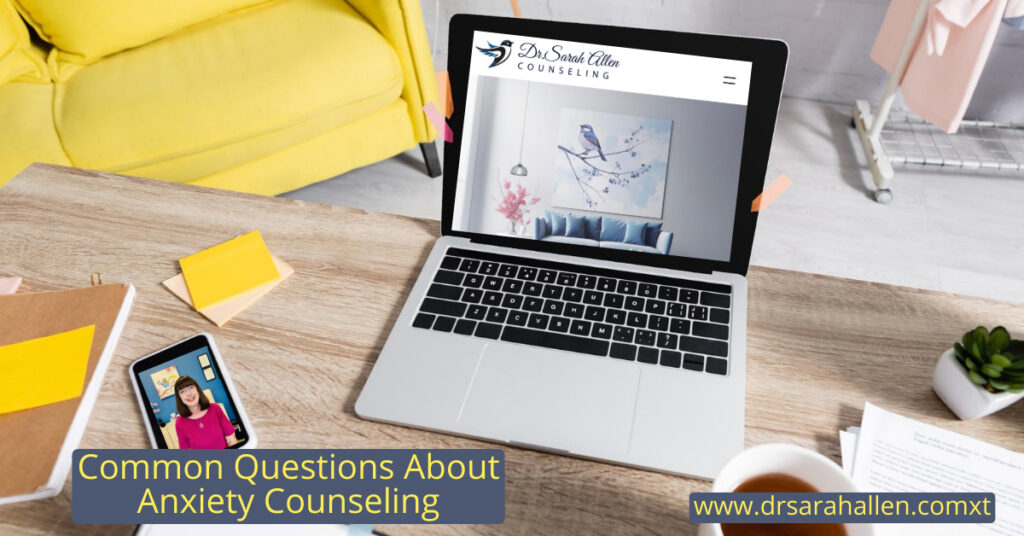
If you would like to know more about how anxiety therapy with me works read Common Questions About Anxiety Counseling.
Closing Thoughts About GAD
Understanding Generalized Anxiety Disorder is crucial for managing it effectively. Recognizing symptoms early and understanding how prevalent GAD is can help in seeking timely treatment. Various effective treatments can manage GAD, with Cognitive Behavioral Therapy being particularly beneficial.
If you think you might have GAD, consider reaching out for support. Taking the first step can make a significant difference in managing your anxiety. You don’t have to go through this alone.
For personalized anxiety treatment in Chicago, contact me, Dr. Sarah Allen. I see clients in my office in Northbrook, a North Shore Chicago suburb, or virtually across IL and FL. Take control of your anxiety and start your journey to better mental health today.

If you have any questions, or would like to set up an appointment to work with me and learn how to reduce anxiety, please contact me at 847 791-7722 or on the form below.
If you would like to read more about me and my areas of specialty, please visit Dr. Sarah Allen Bio.
Dr. Allen’s professional license only allows her to work with clients who live in IL & FL & the UK and unfortunately does not allow her to give personalized advice via email to people who are not her clients.
Dr. Allen sees clients in person in her Northbrook, IL office or remotely via video or phone.

What Can I Read That Helps Me While I Am Waiting For My First Appointment With Sarah?
Download this free booklet to gain valuable insights and practical strategies for managing anxiety and worrying.

